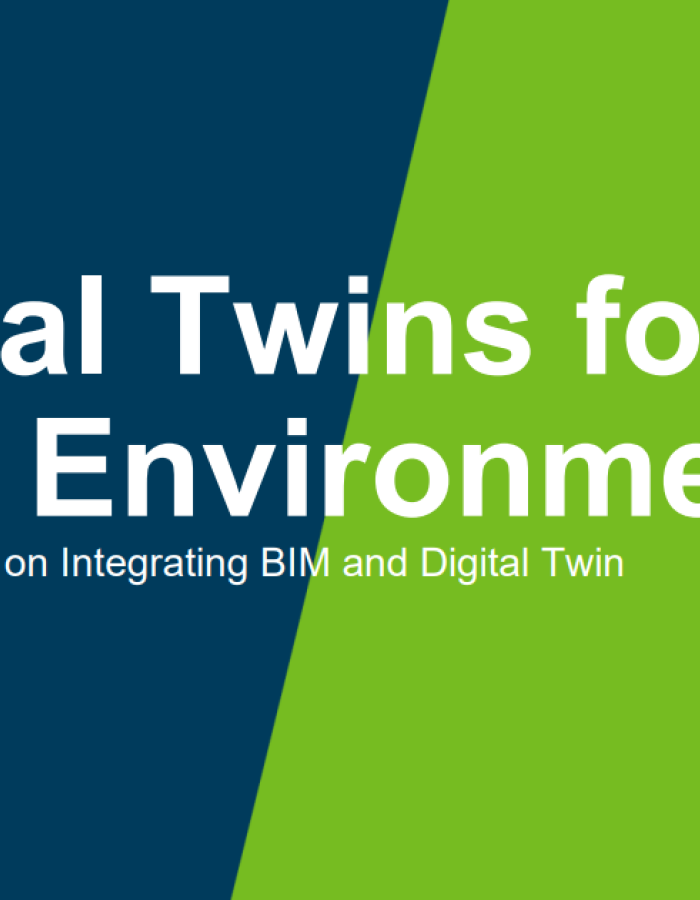U.S. National CAD Standard Version 3.1 Now Available
Three leading construction industry organizations jointly announced today the release of Version 3.1 of the U.S. National CAD Standard (NCS), which streamlines delivery of commercial and institutional building projects by standardizing the organization and presentation of computer-aided (CAD) drawings and other design data.








